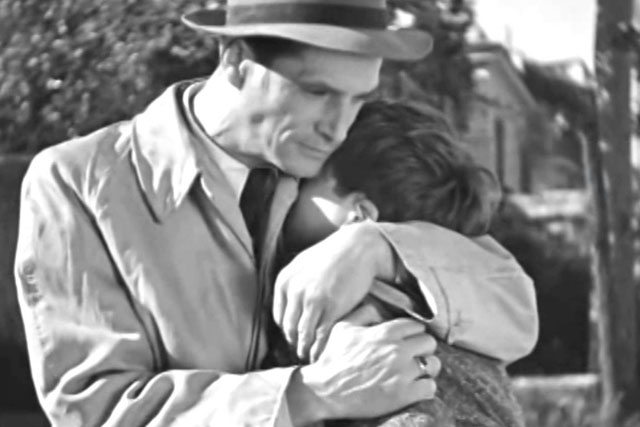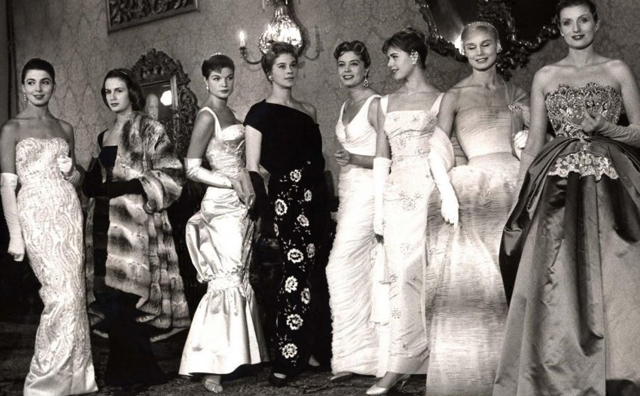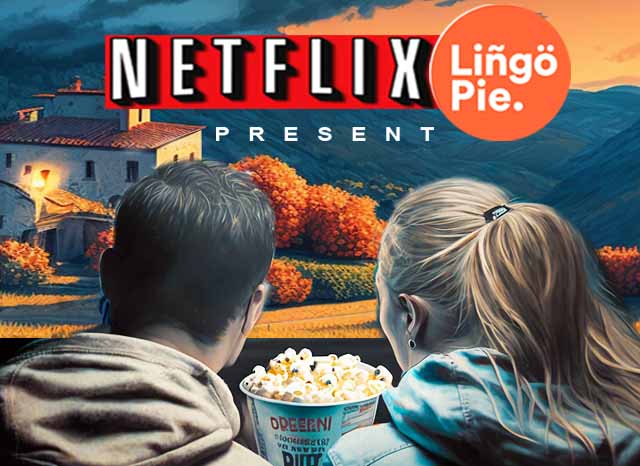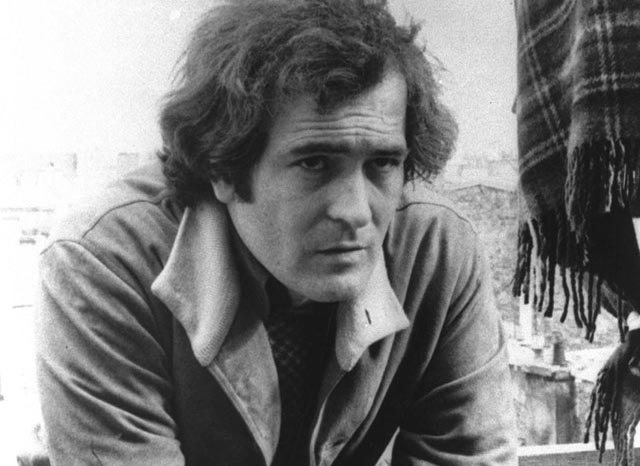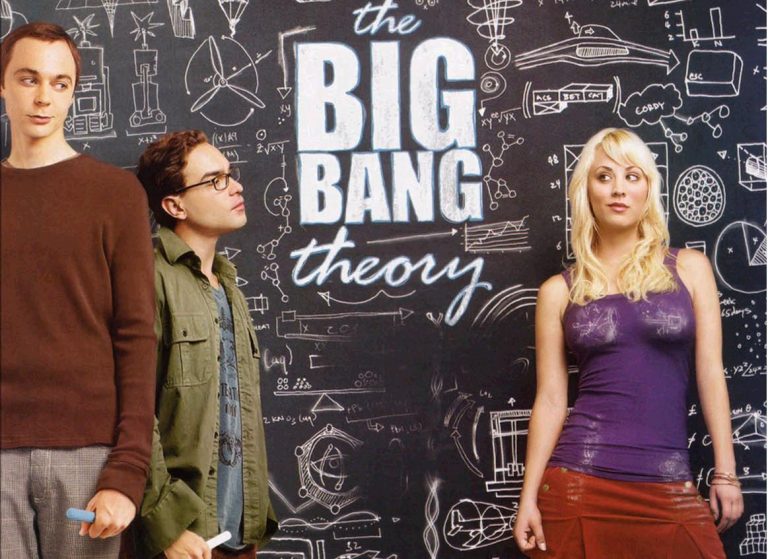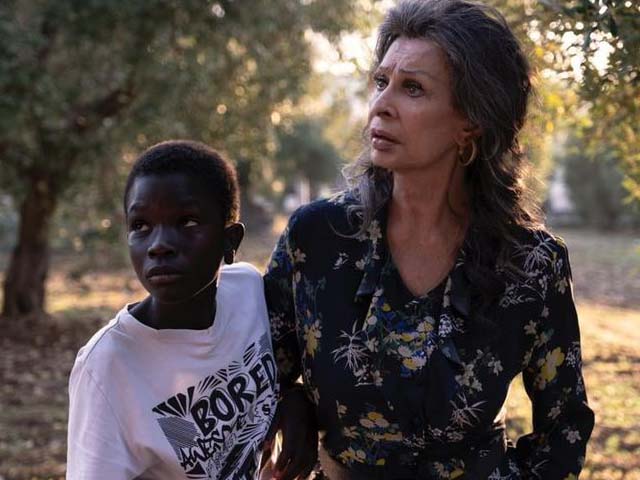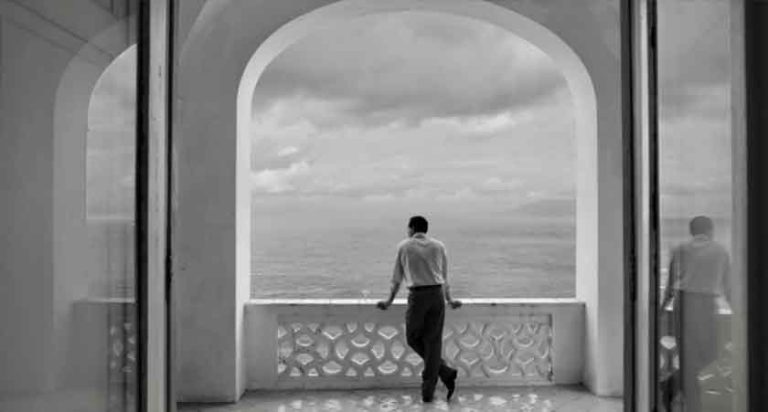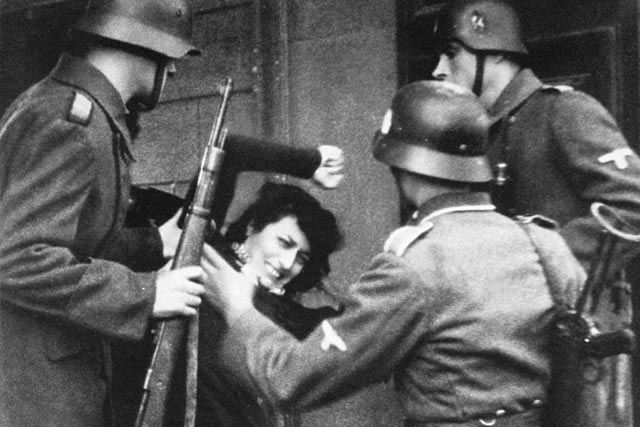
Roma Città Aperta: Il capolavoro del Neorealismo italiano
Roma Città Aperta: The Masterpiece of Italian Neorealism
Un dramma di coraggio e sopravvivenza
A Drama of Courage and Survival
Roma Città Aperta è un film drammatico neorealista italiano del 1945, diretto da Roberto Rossellini. Interpretato da Aldo Fabrizi, Anna Magnani e Marcello Pagliero, è ambientato a Roma durante l’occupazione nazista del 1944.
Roma Città Aperta is a 1945 Italian neorealist drama directed by Roberto Rossellini. Featuring Aldo Fabrizi, Anna Magnani, and Marcello Pagliero, it is set in Rome during the Nazi occupation of 1944.
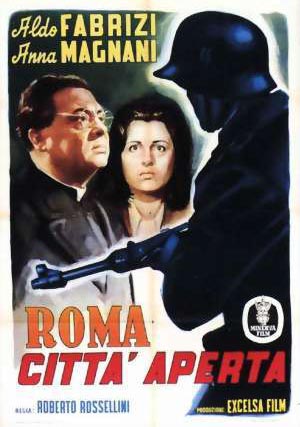
Un film che ha cambiato il cinema italiano
A Film That Changed Italian Cinema
Il film rappresenta le difficoltà e la povertà del popolo romano sotto l’occupazione nazista. Rossellini, per ottenere un realismo autentico, scelse per lo più attori non professionisti, eccezion fatta per alcune stelle affermate. Quello che iniziò come un documentario sulla morte di Don Morosini, un prete partigiano, si trasformò in un’opera cinematografica che rivoluzionò il cinema italiano.
The film portrays the struggles and poverty of Romans under Nazi occupation. Rossellini achieved authenticity by casting mostly non-professional actors, with a few notable stars. What began as a documentary about Don Morosini, a partisan priest, became a groundbreaking cinematic work.
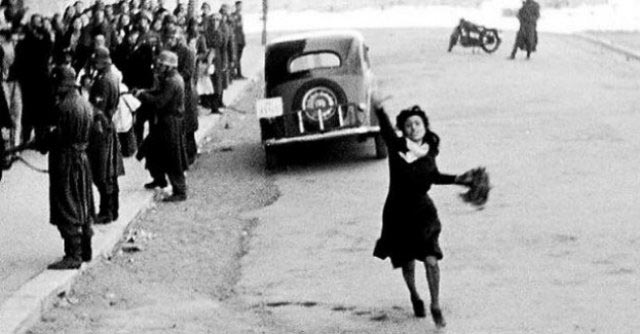
Che cos’è una “città aperta”?
What Is an “Open City”?
L’espressione “città aperta” indica una città che si arrende per evitare ulteriori distruzioni. Roma fu dichiarata città aperta nel 1943, ma il riconoscimento fu respinto dagli Alleati. Di conseguenza, la città fu bombardata altre 51 volte fino al 4 giugno 1944, nonostante la presenza del Vaticano.
The term “open city” refers to a city surrendering to prevent further destruction. Rome declared itself an open city in 1943, but the Allies did not recognize this status. Consequently, Rome was bombed 51 more times until June 4, 1944, despite the Vatican’s presence.
La trama di Roma Città Aperta
The Plot of Roma Città Aperta*
Ambientato a Roma nel 1944, il film segue Giorgio Manfredi, un comunista e leader della Resistenza, e Don Pietro Pellegrini, un prete cattolico che aiuta il movimento partigiano. Traditi da Marina, un’ex amante di Manfredi, i due uomini vengono catturati, torturati e uccisi, ma mai piegati. Il film termina con una nota di speranza: un gruppo di ragazzi cammina verso Roma, simbolo di un futuro migliore.
Set in Rome in 1944, the story follows Giorgio Manfredi, a communist and Resistance leader, and Don Pietro Pellegrini, a Catholic priest aiding the partisans. Betrayed by Marina, Manfredi’s ex-lover, the men are captured, tortured, and killed, but their spirit remains unbroken. The final scene shows boys walking into Rome, symbolizing hope for a better future.
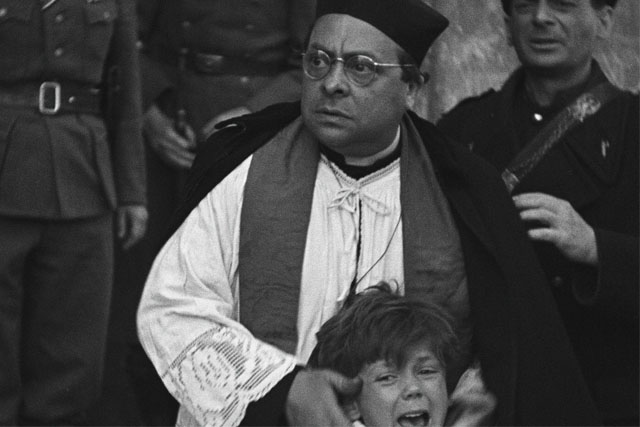
Un film sulla paura e sulla speranza
A Film About Fear and Hope
Il film ricorda le atrocità della guerra, ma il finale offre un messaggio di speranza: la generazione futura può imparare dal passato e costruire un mondo migliore. La possibilità di realizzare un’opera del genere nel 1945 dimostra che la lotta dei partigiani non fu vana.
The film recalls the atrocities of war but ends with a hopeful message: future generations can learn from the past and build a better world. The very fact that this film could be made in 1945 shows that the partisans’ sacrifices were not in vain.
